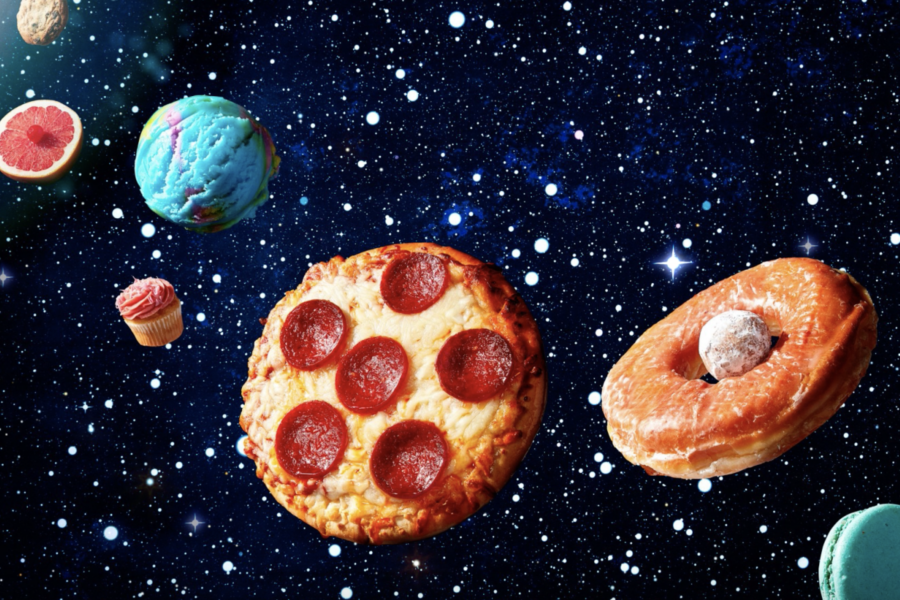The ingredients for space yeast are fairly simple.
“Astronaut breath, water, yeast starter, electricity, a rolling pin and we can make it happen,” Stafford Sheehan, a finalist in the NASA-sponsored Deep Space Food Challenge, told NPR.
Put air, water and yeast starter into Sheehan’s handy machine, wait about two hours and voila: a protein shake textured-yeast that can be dried and rolled into pasta or tortillas. (This is where the rolling pin comes in.)
Back in 2017, Sheehan invented a process that can turn carbon dioxide into alcohol, which can then be turned into vodka, perfume and yeast. His company, Air Company, which he founded with his friend Gregory Constantine, is now in the third and final phase of the international contest to create novel, game-changing food technologies for long-term space missions.
The food products have to require little resources and produce little waste, while being safe to eat, nutritious and tasty.
The goal is two-pronged: These edible innovations could help make the exploration to Mars and deep space more feasible. They can also offer new, more sustainable, avenues to feed people here on Earth.
The competition is in collaboration with the Canadian Space Agency. Along with Air Company, seven other teams have advanced to the final round, where they will compete for up to $1.5 million.
Among the other finalists are Florida-based Interstellar Lab, which created a bioregenerative system to produce fresh vegetables, mushrooms and insects. And Colorado-based SATED developed a cooking appliance that prepares meals from ingredients with long shelf lives.
To understand how Sheehan’s process works, let’s start with carbon dioxide — the stuff we breathe out.
Plants breathe in carbon dioxide. When plants take in a combination of carbon dioxide, sunlight and water, they are able to produce sugar and oxygen. This process is called photosynthesis.
These same elements that make sugar can also form alcohol. And when yeast starter eats alcohol, it makes a lot more yeast. (Are you following?) Essentially, Air Company found a way to copy what plants do — using astronaut’s breath — so that they can make edible nutritional yeast.
“We do the same chemistry that plants do, except we do it much more efficiently,” Sheehan said.
With nutritional yeast, a hungry astronaut can form pasta, tortillas and seitan, a popular protein source for vegans. Sheehan described the flavor as “like wheat gluten, but a little bit sweeter.”
So, why does space food matter? One word: Mars.
Right now, scientists have figured out a lot of the logistics regarding a journey to the red planet, except how to bring enough food.
At best, it would take seven months to get to Mars. To pack over a year’s worth of food for the round trip (with extra snacks, of course) would be immensely heavy — too heavy for a rocket.
